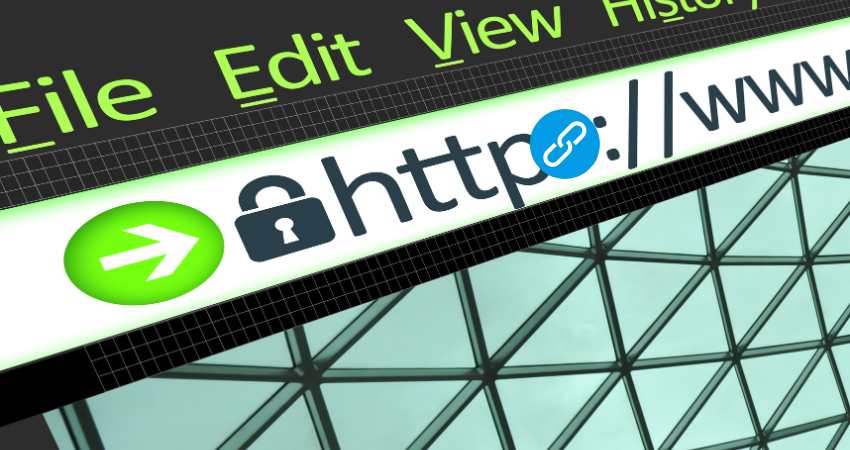Have you ever clicked on a link and received a 404 Error—Page Not Found message? It’s frustrating, right? One common cause of this issue on WordPress sites is outdated links, permalink settings, or incorrect permalinks.
Let’s understand permalinks and how you can flush Permalinks.
What Are Permalinks?
Permalinks are the permanent URLs used to link to your posts, pages, and other content on your WordPress site. Think of them as the address of your content. For example, if you have a blog post about Summer Recipes, the permalink might look like this: www.yoursite.com/summer-recipes. You can read about the permalinks in detail here.
Why Do 404 Errors Happen?
A 404 error usually occurs when a web page can’t be found at the URL you entered. On WordPress, this can occur if your permalinks are outdated or if you’ve made changes to your site’s structure that haven’t been updated in your permalink settings. The 404 errors also happen when you accidentally delete the page, or the links might have changed. So, make sure which issue is causing the error.
What Does Flushing Permalinks Mean?
Flushing permalinks is a way to refresh and reset your permalink settings to fix issues like 404 errors. It’s like hitting the reset button for your URLs. This process updates your site’s permalinks so links to your content work correctly. When we install any plugin that changes the original setting of the permalink, it throws 404 errors. Plugins like WP recipe maker cause permalink issues; you must flush them out to check if 404 errors are resolved.
How to Flush Permalinks in WordPress
Here is a step-by-step guide to flushing permalinks:
- Log into Your WordPress Dashboard: Go to www.yoursite.com/wp-admin and log in with your credentials.
- Navigate to Permalink Settings:
- From the dashboard, go to Settings in the left-hand menu.
- Click on Permalinks.
- Save Changes:
- Click the Save Changes button at the bottom of the page without changing anything.
- This action will refresh your permalink structure.
- Check Your Site:
- After saving, visit the pages or posts giving you 404 errors.
- They should now load correctly.
Further tips to fix the error.
- Clear Your Cache: Sometimes, you should clear your browser or any caching plugins in your WordPress website to see the changes.
- Check for Conflicts: If you still see errors, there might be other issues, such as plugin conflicts or theme problems. Consider disabling plugins individually to identify any conflicts caused by each plugin.
- Update Permalinks Regularly: If you frequently update your site structure or add new content, it is good practice to flush permalinks occasionally.
By following these steps, you should be able to resolve most 404 errors related to permalink issues. It’s a simple fix that can save you and your visitors a lot of frustration. Also, your valuable page won’t disappear from Search Engines. In this case, the page can be outranked. So, make sure to check it on time to avoid any issues.
